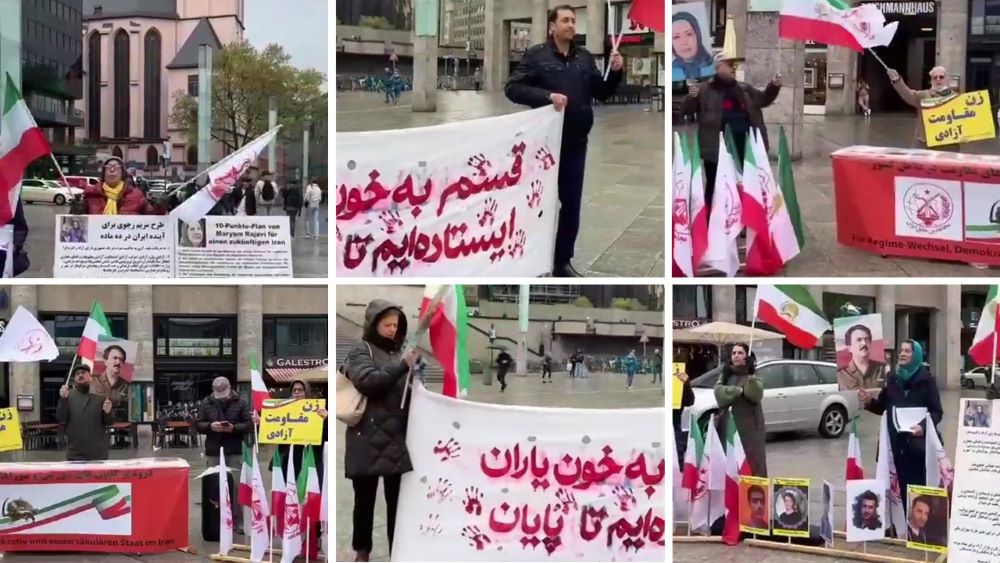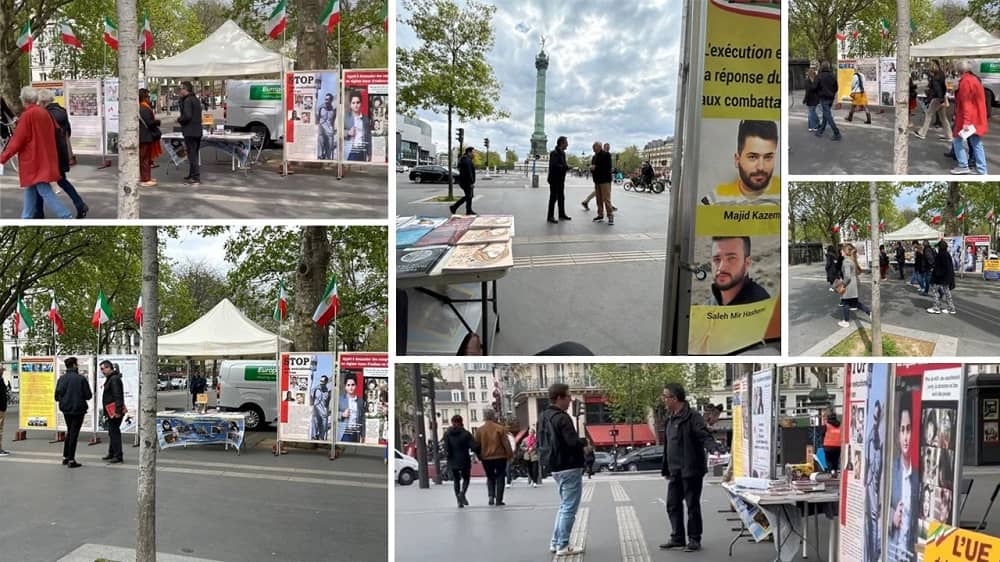After entering economic activities in 1989, the Revolutionary Guards (IRGC). Since it had no experience in the oil and gas industry, the IRGC entered the field of dam construction. The IRGC‘s first activities in Iran’s oil and gas industry limited to renting machinery to companies operating in the South Pars gas field.
But over time, unbridled monopoly, which is a common feature of the IRGC and the Mullahs’ regime, went further and entered the field of energy, oil, and gas in the following years.
In 2003, the Ministry of Defense and Armed Forces Logistics issued an order requiring the armed forces to participate in construction projects as contractors. In this way, the Revolutionary Guards(IRGC) expanded their sphere of influence to the lucrative oil and gas industries.
Laying the groundwork for the IRGC to seize the oil and gas industry
The IRGC needed a legal coverage for dominating the economy. To solve this problem, the regime’s Supreme Leader, Ali Khamenei stepped in and implemented the “general policies of Article 44” scheme. On May 22, 2005, following the general policy communiqué of Article 44 of the Constitution by Khamenei, the government obliged to call 80% of its economic activities to what it calls “cooperative, private and public non-governmental sectors” by the end of the Fourth Economic Plan (2009). The IRGC’s thus took control of most of the country’s oil and gas.
According to the same communiqué, approved in 2007, Khamenei also gave ordered to the government in this regard. Gradually, by the end of the Five Development Plan (2015), 25 percent of Iran’s economy, amounting to 110 to 120 billion dollars of the Iranian people’s wealth, given to the cooperative sector. Looking at the series of IRGC cooperatives, the fate of this part of the Iranian people’s wealth is also clear.
Ahmadinejad’s service to his smuggler brothers
When Khamenei chose Mahmoud Ahmadinejad, who was previously in the IRGC, as Iran’s president, the IRGC’s domination of the country’s oil and gas industry facilitated and accelerated.
Ahmadinejad’s first gift to his brothers was the $1.3 billion contracts for constructing a gas pipeline from Assaluyeh to Iranshahr in Sistan and Baluchestan, without an auction. The contract’s value reached $2.2 billion after extending to the Pakistani border.
But what was the process of divesting oil and gas projects expanded in such a short time. “The value of oil contracts at the Khatam base has reached $25 billion,” Deutsche Welle quoted IRNA as saying in February 2005.
During this period, the IRGC expanded its influence in the Assaluyeh and South Pars oil and gas projects. After the departure of the Norwegian company Akrkaverner in July 2006, the project for the development of phases 15 and 16 of South Pars Gas worth $2.1 billion was awarded to the IRGC Group called Sepanir, without an auction.
The process of divesting oil and gas projects expanded in such a short time. “The value of oil contracts at the Khatam al-Anbiya Construction Headquarter has reached $25 billion,” Deutsche Welle quoted IRNA as saying in February 2005.
During this period, the IRGC expanded its influence in the Assaluyeh and South Pars oil and gas projects. After the departure of the Norwegian company Akrkaverner in July 2006, the project for the development of phases 15 and 16 of South Pars Gas worth $2.1 billion was awarded to the IRGC Group called Sepanir, without a tender.
Use of military force to control the country’s oil and gas industry
When the IRGC’s interests in the oil and gas industry were at stake, it would deploy its armed forces to advance the cause. The seizure of a Romanian company oil rig in the Persian Gulf and arresting its employees in 2006 is just one example of how IRGC uses force to preserve its interests.
In another case of encroachment on the oil and gas industry, Kish Oriental Oil, a private and active company that worked with the American company Halliburton, seized by the IRGC in 2007 under military and judicial pressure.
Some other IRGC seizures on the country’s energy sector
The transfer of oil and gas projects to the IRGC had no end. Following Ahmadinejad’s cooperation with the IRGC, in March 2010, the Ministry of Oil signed an $850 million contract for the oil pipeline project with the Khatam al-Anbiya base.
In April 2010, Turkish companies announced their withdrawal from implementing the third phase of the South Pars oil and gas field development project. The $7 billion projects were awarded to Khatam al-Anbiya Garrison without an auction.
Also, with the announcement of the withdrawal of the Anglo-Dutch company Shell and the Spanish company Repsol from operating in the South Pars oil and gas field in June 2010, this $5 billion project handed over to the IRGC.
In this regard, Abadollah Abdollahi, the Khatam al-Anbiya Headquarters’ former commander in March 2015, about the Persian Gulf refinery’s revenue, stated: “60 million liters of products will be produced from this refinery if we calculate at the world rate and calculate one dollar per liter. The Persian Gulf refinery generates $60 million a day and generates $20 billion annually. “If you calculate the rate of 3-4 thousand tomans with dollars, the annual income of this refinery is 70 to 80 thousand billion tomans.”
Conclusion
There is no end in sight to the profitability and the extent of the IRGC’s domination of the country’s oil and gas. In a 2018 report, the Washington National Defense Research Institute estimated the number of auctions in which the IRGC participated after 1989 at about 7,500.
The IRGC Brigadier General Saeed Mohammad, the current commander of the Khatam al-Anbiya, said in October 2020: “35% of gasoline production, 20% of gas production, 22% of diesel production, 32% of oil and gas transmission lines, 50% of the country’s dams 2% are in possession of the IRGC’ Khatam al-Anbiya Construction Headquarters.”
Part of the IRGC’s domination of significant amounts of Iran’s oil and gas industry described in this article. But this plundering institution continues draining Iran’s economy in all other sectors.





